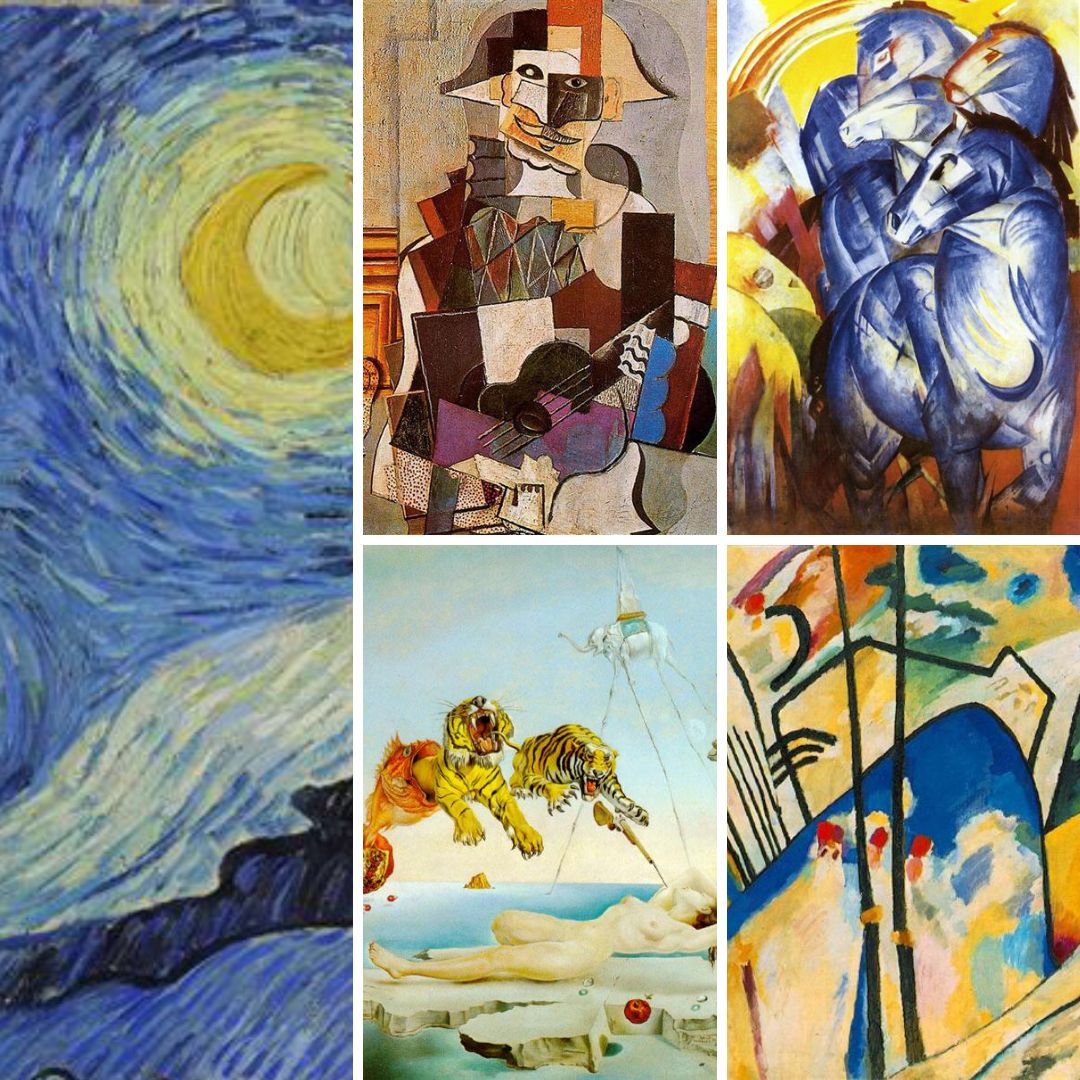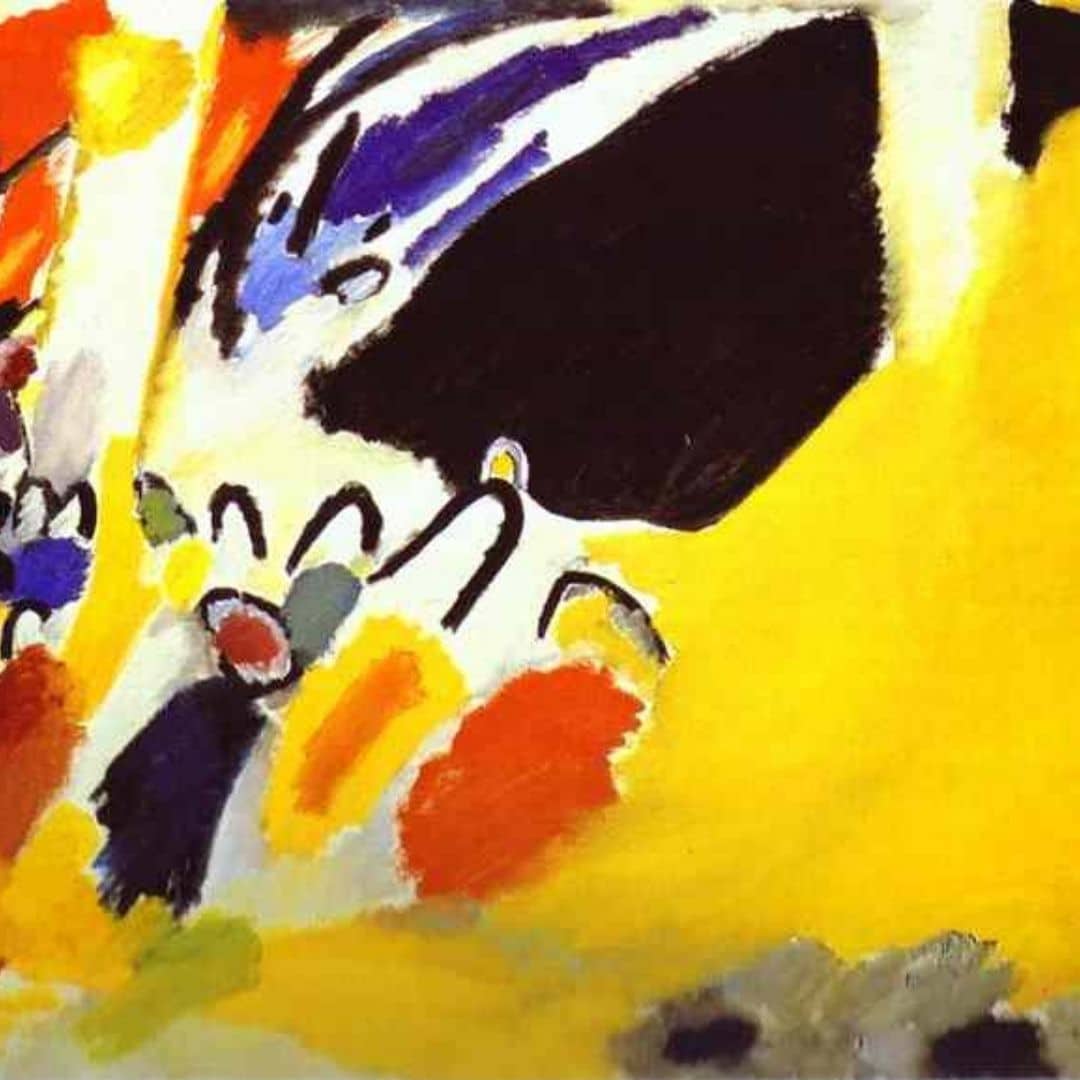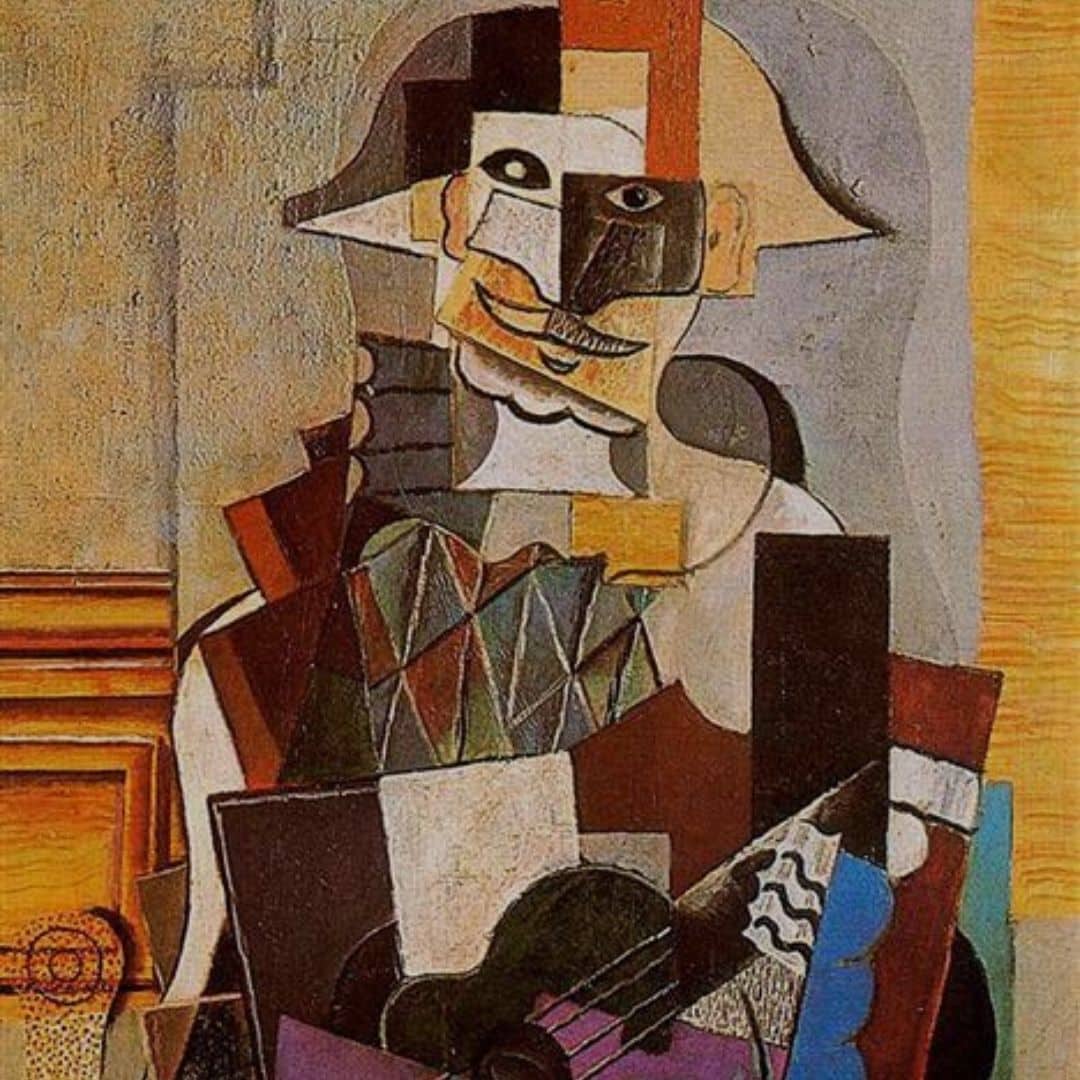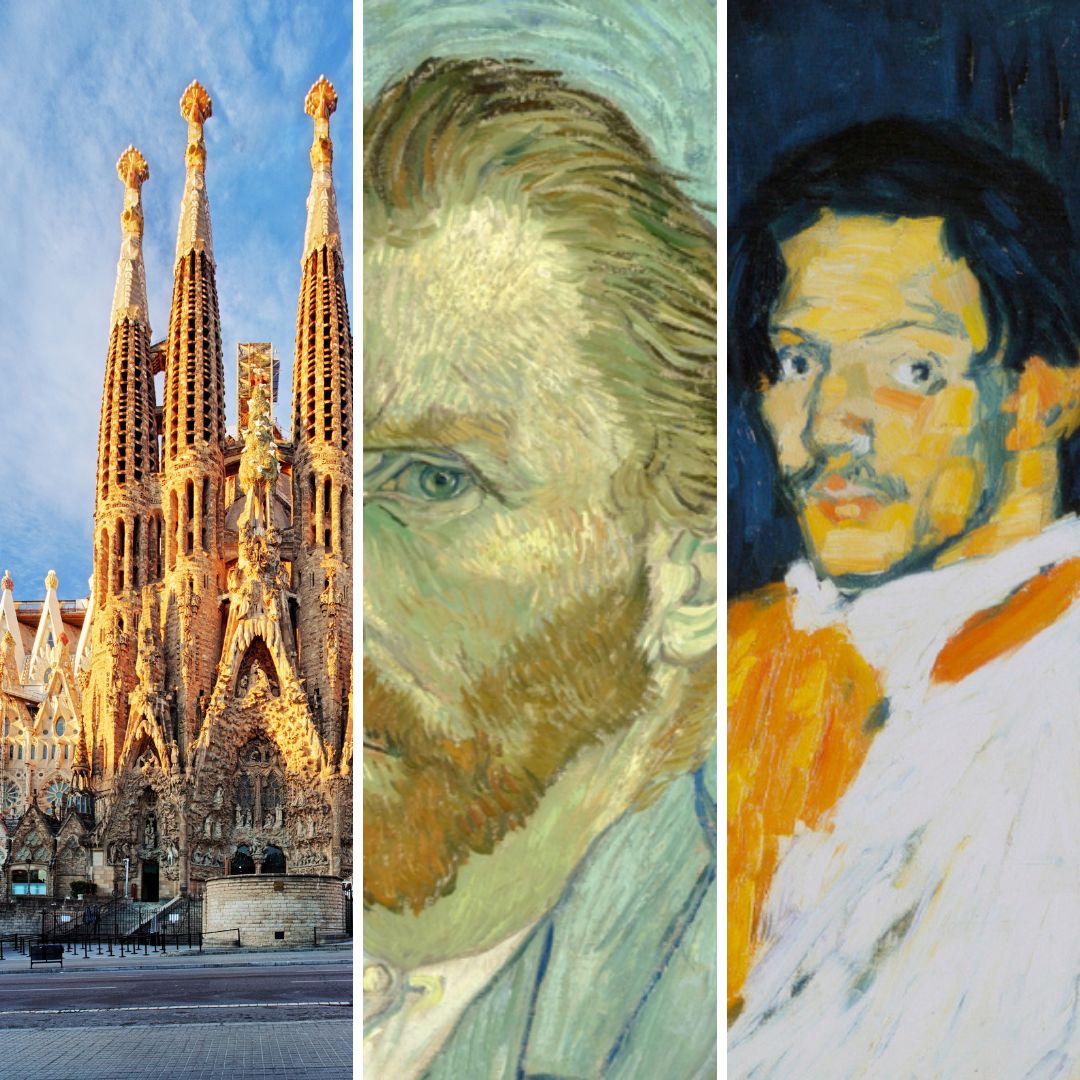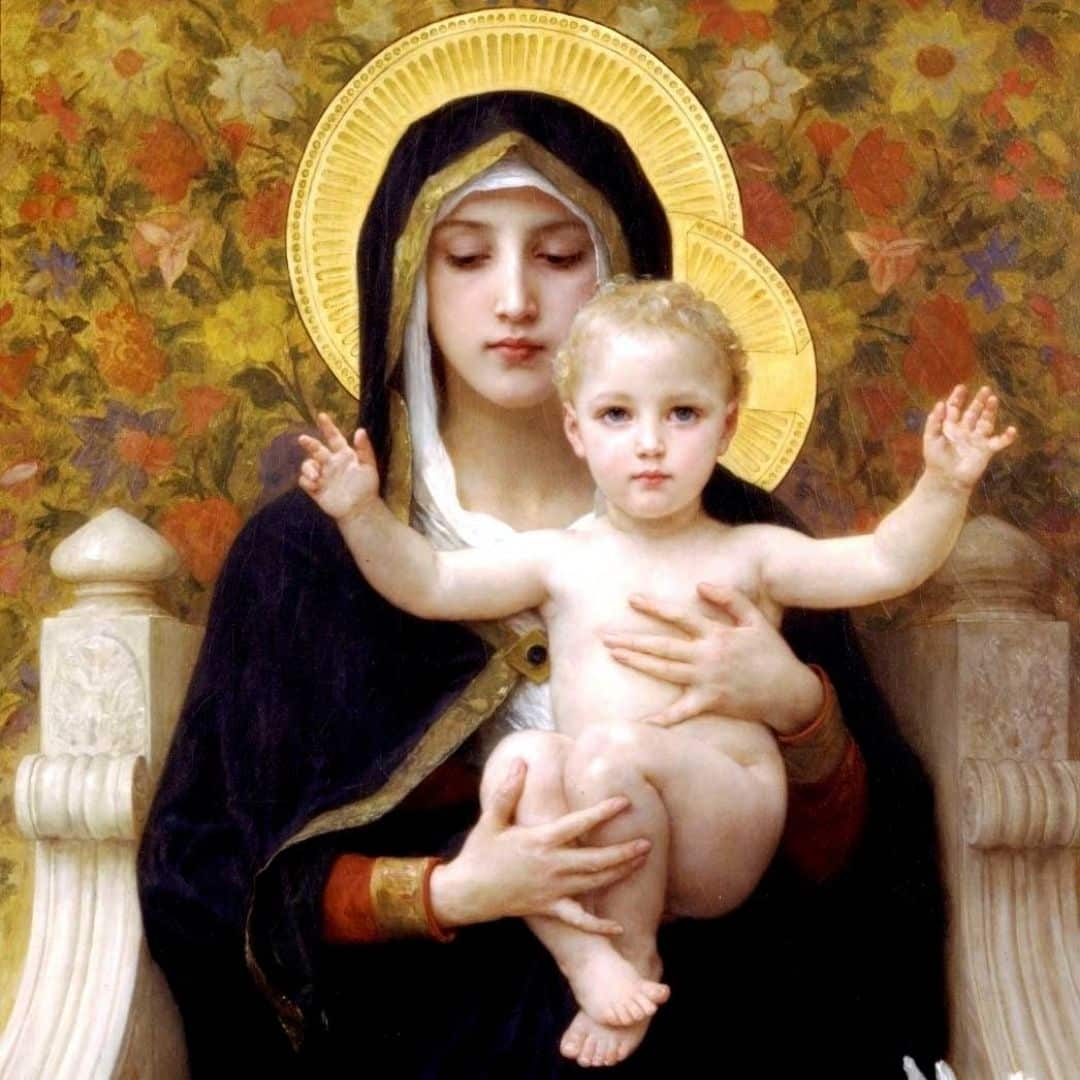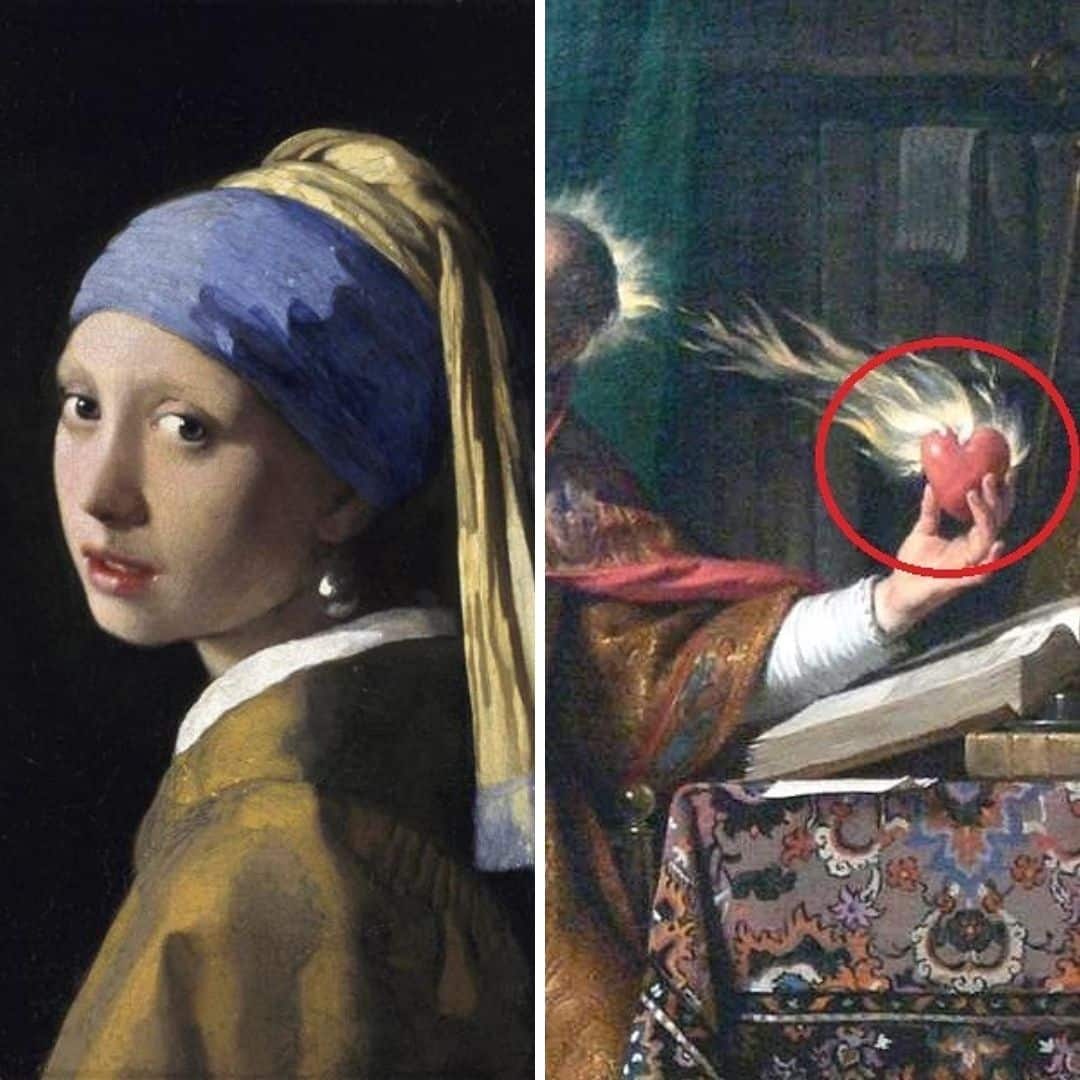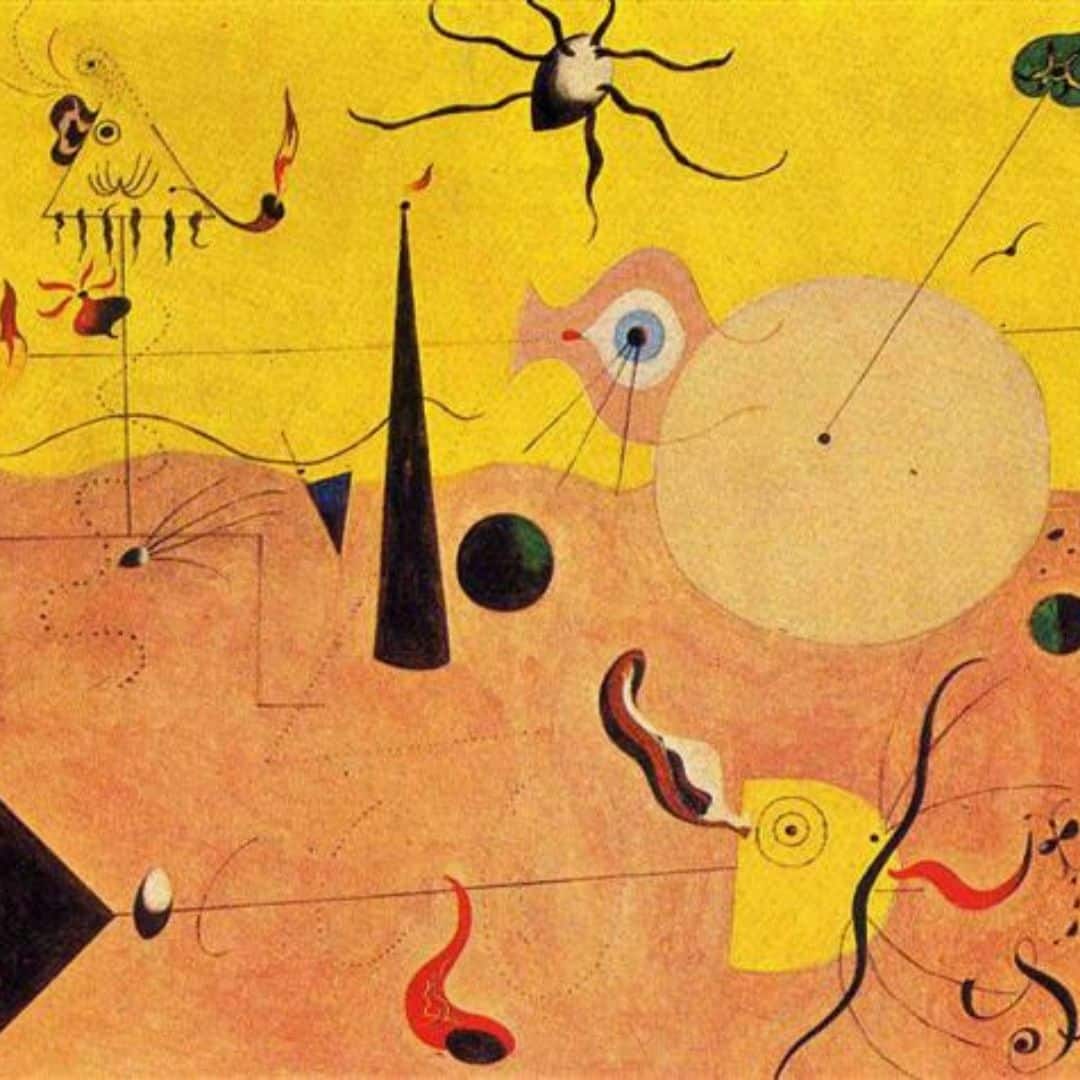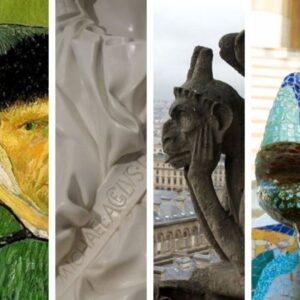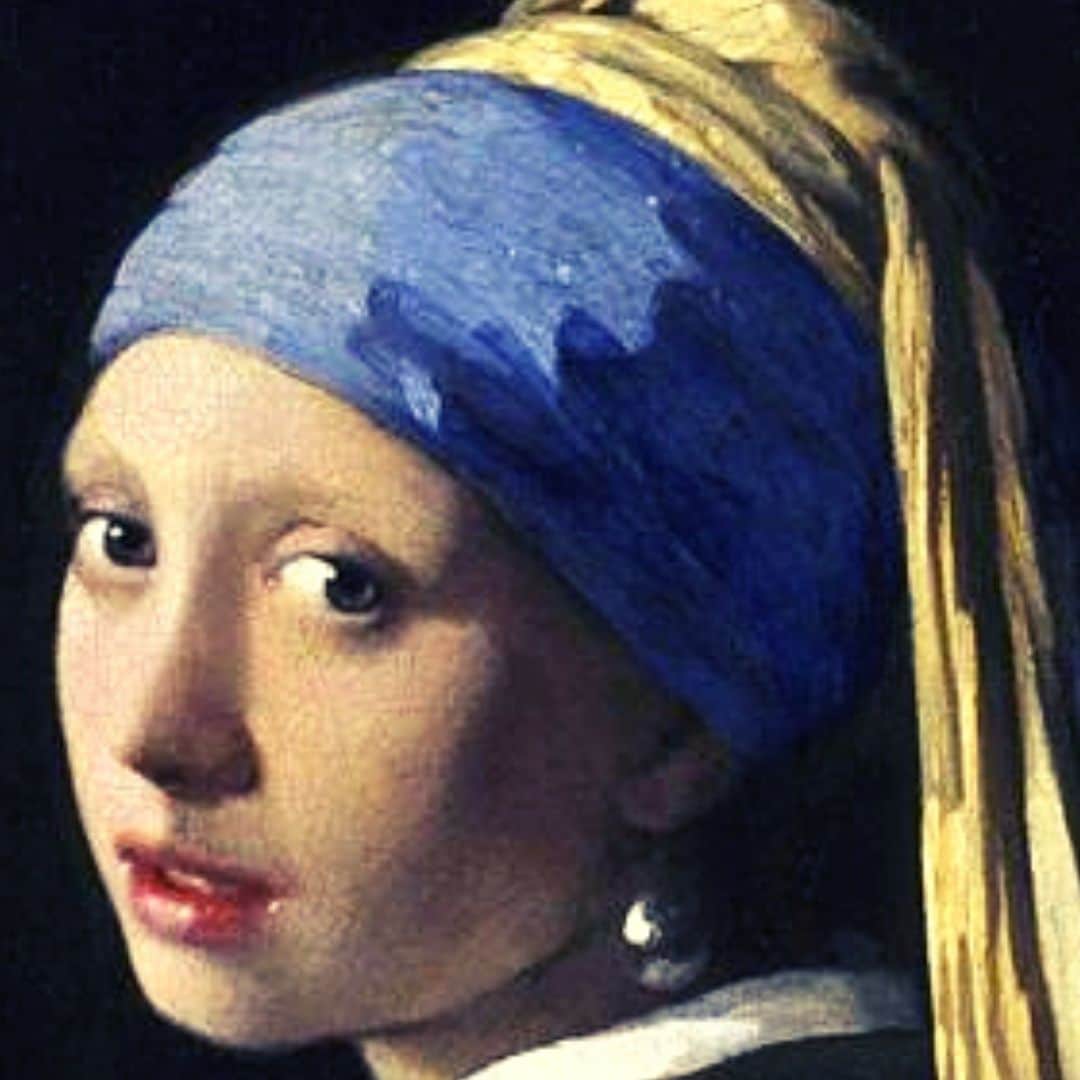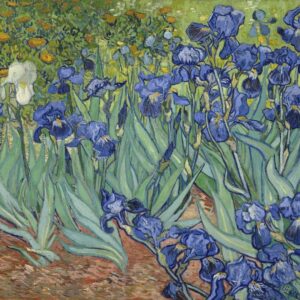Amadeo de Souza Cardoso | a complex painter
Amadeo never despised his origins. In his letters to his uncle, Francisco, and to his wife and friends we can perceive that he loved the local traditions (such as bullfights, for example) and enjoyed the intense colors of the countryside during his horse rids in the Marão Mountain.
local traditions (such as bullfights, for example) and enjoyed the intense colors of the countryside during his horse rids in the Marão Mountain.
Furthermore, Amadeo de Souza Cardoso seemed to enjoy when his mother and sisters kneeled in the kitchen and prayed to God whenever thunderstorms haunted the rest of Manhufe’s inhabitants.
Simultaneously, Amadeo de Souza Cardoso loved the velocity and the dynamism of modern life in a big and cosmopolitan city like Paris.
The mountain and the city have always divided Amadeo, who followed the modern art movement but at the same time did not rebel against or ignored the past (like it was defended, for example, by Filippo Marinetti, the founder of the futurist movement, in 1909, who wanted to destroy the cult of the past and to found a new civilization based on science, machinery and technological changes).
Amadeo de Souza Cardoso expressed all these feelings and conceptions in his works of art.
Amadeo was at the same time a figurative and an abstract painter who used geometric forms in his paintings and was influenced by the works of art of Gino Severini (1883-1966), Fernand Léger (1881-1955), Umberto Boccioni (1882-1916), Amedeo Modigliani (1884-1920), Juan Gris (1887-1927) and Georges Braque (1882-1963).
He was simultaneously an Impressionist, a Cubist, a Futurist, an Expressionist and a Symbolist.
Amadeo did not follow any art school: he hated the academism and the imitation of ancient works of art (he despised Renaissance art, for example).
He always looked for authenticity and for total freedom in his paintings. Amadeo had no predefined style: he was constantly changing. His paintings are colorful and passionate and try to depict the perception of dynamism and the movement of objects.

Os galgos 1911
The international recognition
Amadeo de Souza Cardoso achieved international recognition in 1913 when 8 of his paintings were exhibited in the Armory Show, the first International Exhibition of Modern Art that contributed to introduce modernist paintings in the United States.
This exhibition was held between February and May and Amadeo was one of the 300 painters (and among them were names such as Manet, Gauguin, Van Gogh or Cézanne) that had the honor to show some of their works.
Moreover, he was one of the 10 best selling painters in that exhibition!

Untitled (Portrait of Paul Alexander) 1917
The modernist movement in Portugal
Amadeo de Souza Cardoso was probably the first Portuguese modernist painter and partly responsible for introducing modernist painting in the Portuguese provincial and closed-minded society in the beginning of the 20th century.
The naturalist paintings of Portuguese painters like José Malhoa (1855-1933), Henrique Pousão (1859-1884) or Silva Porto (1850-1893) still influenced many other painters at the time.
The modernist paintings of Eduardo Viana (1889-1967), Santa-Rita Pintor (1889-1918) or Almada Negreiros (1893-1970) were not well received by the Portuguese conservative society.
The modernist artists were always a minority and they were not able to develop their art during the First Republic or during the Portuguese dictatorship (1926-1974), a dictatorial regime supported by the military that used art as a vehicle of political propaganda.

Parto da viola Bom Ménage 1916
Back to Portugal: 1914 – 1918
Amadeo came back to Portugal because of the beginning of the First World War in 1914, after having passed by Barcelona where he met the fabulous architect Antoni Gaudí.
the fabulous architect Antoni Gaudí.
In Portugal he continued to work intensively in the atelier that his father, José Emídio, built for him in, the Ribeiro House in Manhufe. It became his creative centre.
During this period of time he was able to exhibit some of his paintings, even though the Portuguese society was not open, in general, to new ideas and different art trends.
In 1916, for instance, more than 30 thousand people visited his exhibition in Porto: the large majority did not accept his work or understand his paintings though. It was probably the first great modernist painting exhibition in Portugal.
In Lisbon there was also an exhibition of his paintings but the majority of the Portuguese newspapers just ignored him and his work was considered to be bizarre and extravagant.
Amadeo: the husband
During his time in Portugal, Amadeo got married in 1914 to Lucie Pecetto, who he met in Paris years before.
They already had a relationship and they even got a child together while living in Paris: nobody knows what happened to the child.
It is possible that the child was handed over to a nanny or to another family. So basically Amadeo got married to Lucie to be able to introduce her to his conservative and catholic parents.

Cash Register 1917
The pandemic flu
In the end of the 19th century and the beginning of the 20th century Portugal suffered several epidemics.
The bad sanitarian conditions, the lack of sewage pipes in many houses and the inexistence of a public health system helped to spread diseases like smallpox, typhus, malaria and diphtheria that killed thousands of weak and poor as well as wealthy people.
In 1918, with the end of the First World War, a pandemic flu quickly spread worldwide and affected Portugal, namely the cities of Lisbon and Porto.
The accurate number of victims is quite difficult to establish due to the lack of rigorous records but many historians believe that between 30 to 50 million people were killed (a lot more people than in the First World War which killed around 9 million people).
In Portugal, 60 to 150 thousand people were probably killed by the pandemic flu. Among the victims of this horrible tragedy were Amadeo de Souza Cardoso and some of his brothers and sisters.
The great modernist painter died in Espinho, in his family’s summer beach residence. In Paris, Modigliani, his very close friend, suffered a lot when he knew about his death. So did his wife Lucie and the rest of his family.

Entrada 1917
Amadeo’s paintings nowadays: where to see them in Portugal
After her husband’s death, Lucie Cardoso, returned to Paris, where she lived and died in 1989.
She returned a few times to Manhufe. It is known that Amadeo’s family gave her a monthly pension.
She tried to promote her husband’s paintings and some of them were once again exhibited in Paris, in Chicago, in Lisbon (1952) and later in Porto (1956).
Nowadays, Amadeo’s paintings are present in museums around the world such as the Art Institute of Chicago (“The Leap of the rabbit”) and other paintings belong to private art collectors.

The Leap of the rabbit 1911
Lucie also donated some paintings to the Amarante Municipal Museum , located in Amarante (45 minutes by car from Porto) and where you can see a lot of his paintings, drawings and caricatures.
If you come to Portugal I strongly recommend that you visit this stunning and charming city which is crossed by the Tâmega River.
On the other hand, if you visit Lisbon go to the Modern Art Centre of the Gulbenkian Foundation, an art Foundation that acquired a great quantity of Amadeo’s works in the end of the 20th century .
The rest of his works are spread in different museums all over the country. The year of the centenary of Amadeo’s death (2018) was widely ignored in Portugal: and honestly I do not know how to explain this.
What I do know is that Amadeo de Souza Cardoso was a fabulous painter who produced more than 100 works of art (drawings, caricatures and paintings) and who left this world too soon! I hope that someday he achieves the recognition that he truly deserves!



 Amadeo de Souza Cardoso is among the group of outstanding painters that still have not achieved the fair recognition that they really deserve.
Amadeo de Souza Cardoso is among the group of outstanding painters that still have not achieved the fair recognition that they really deserve.

